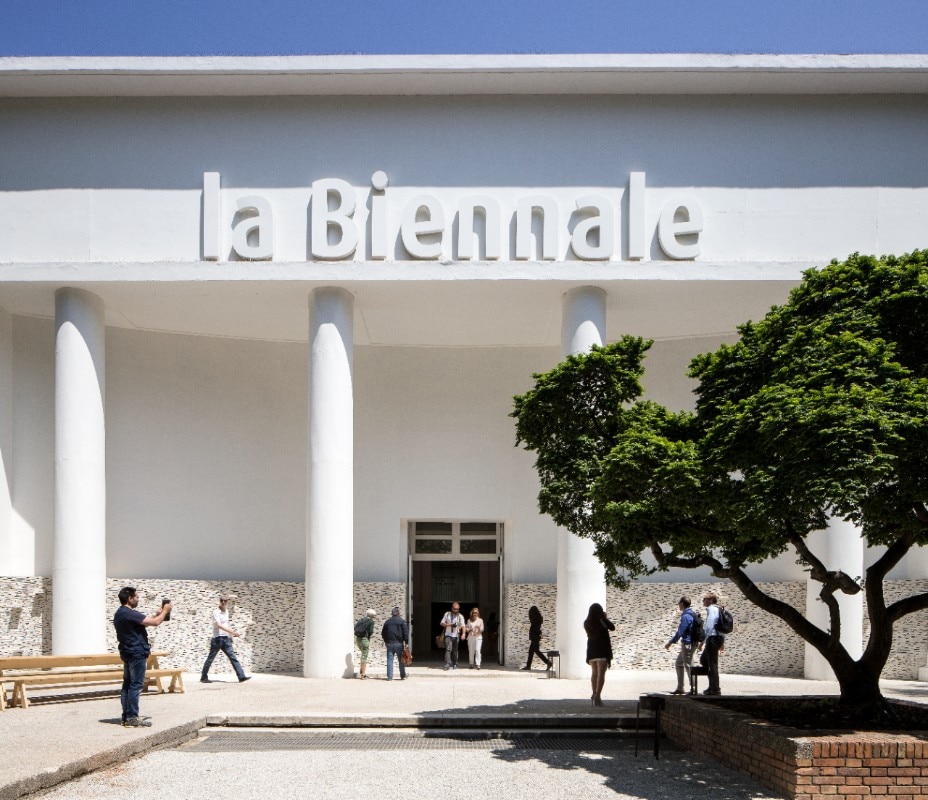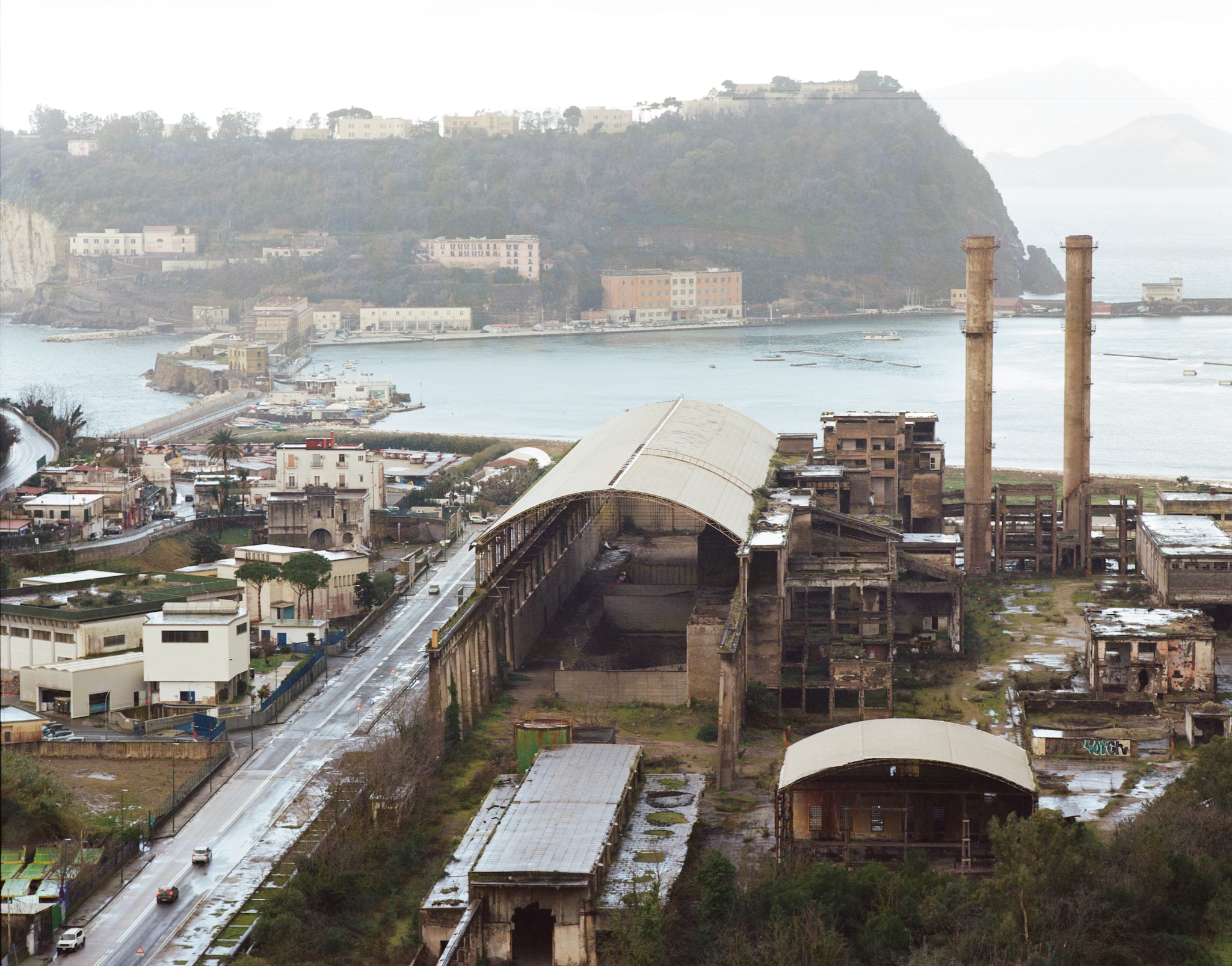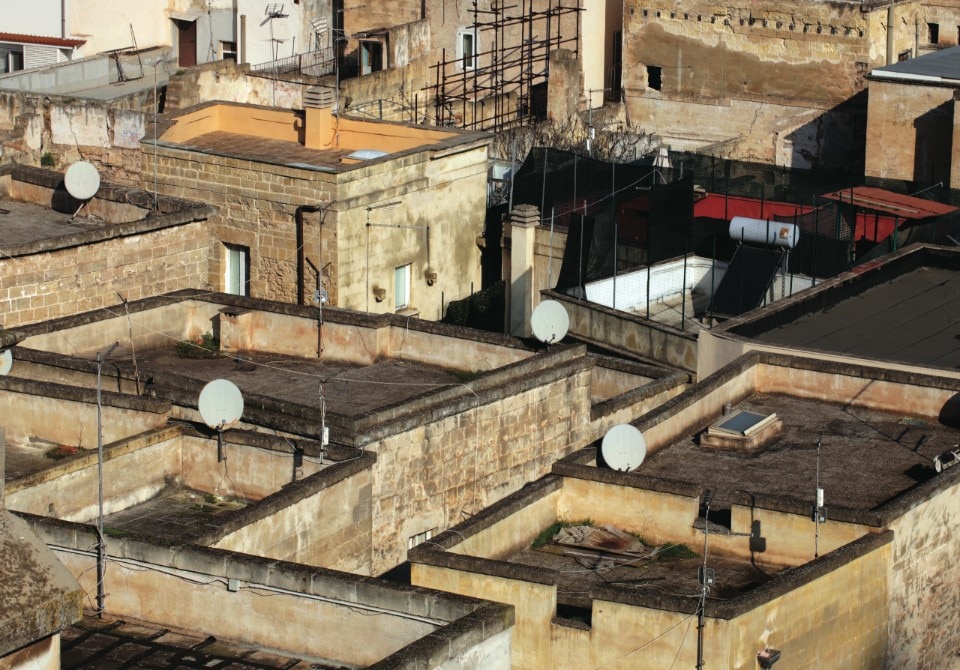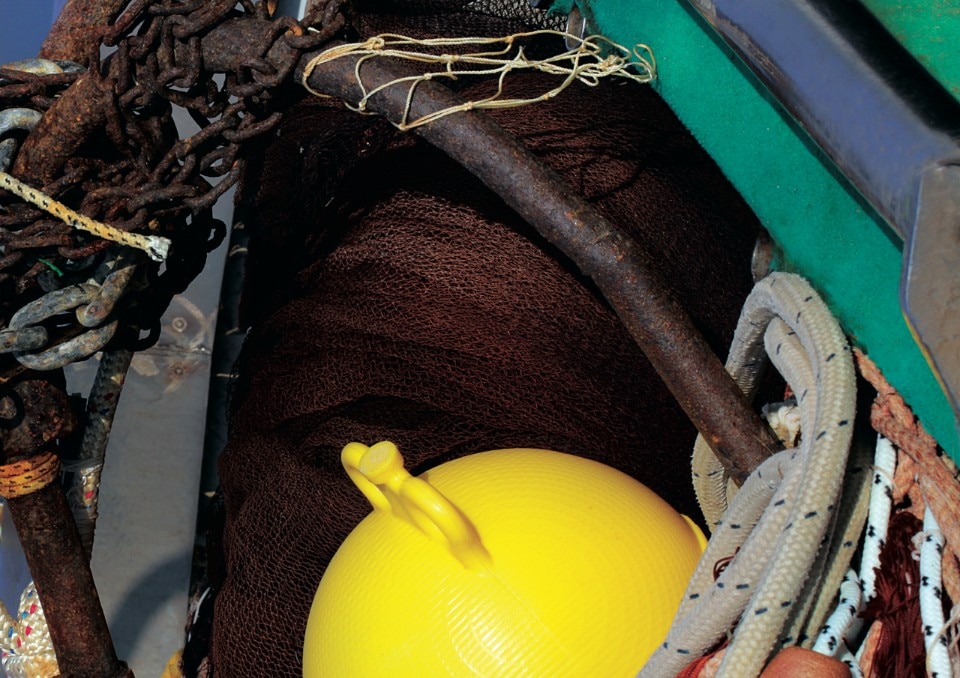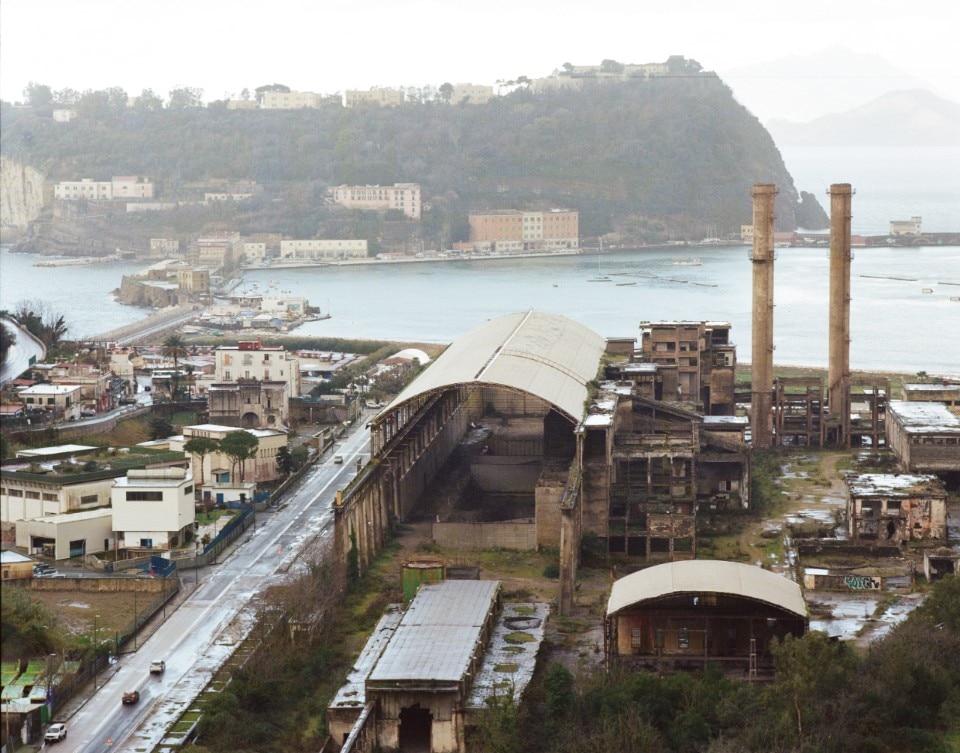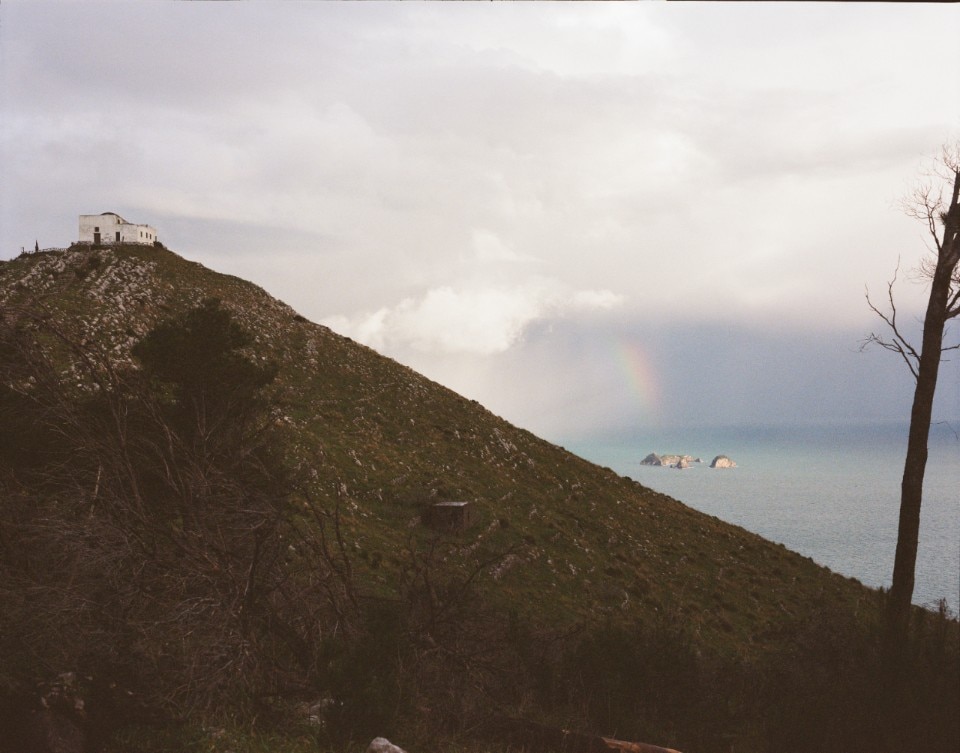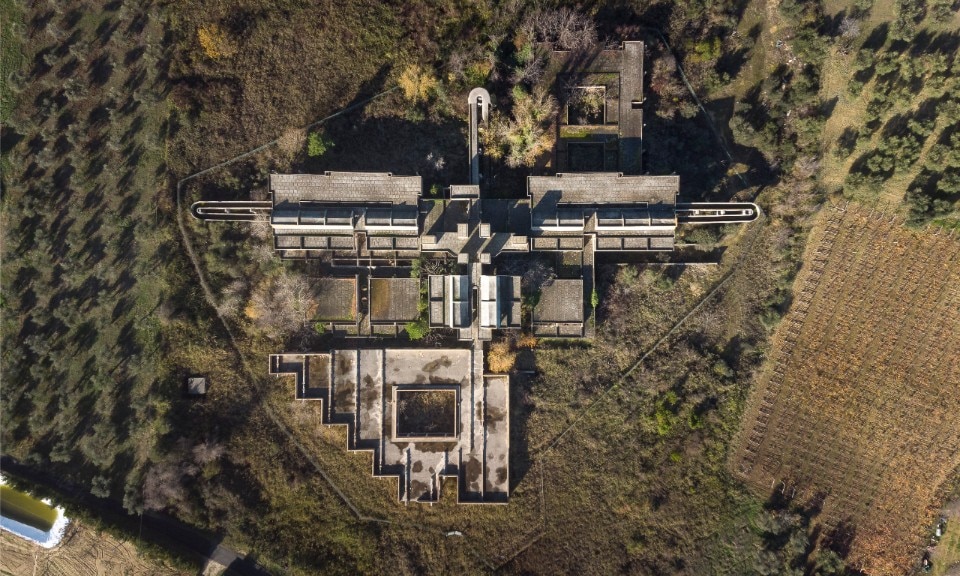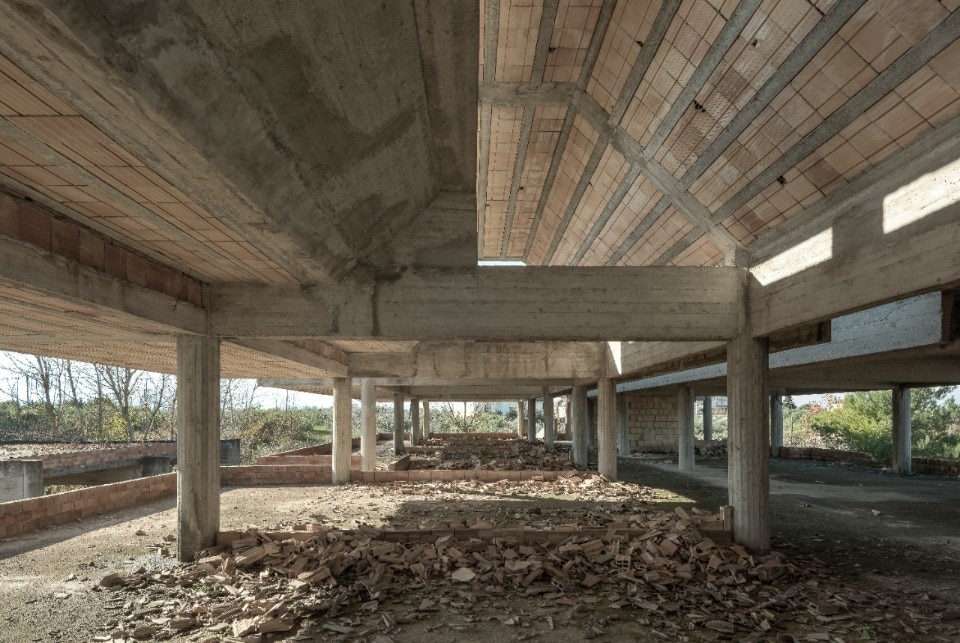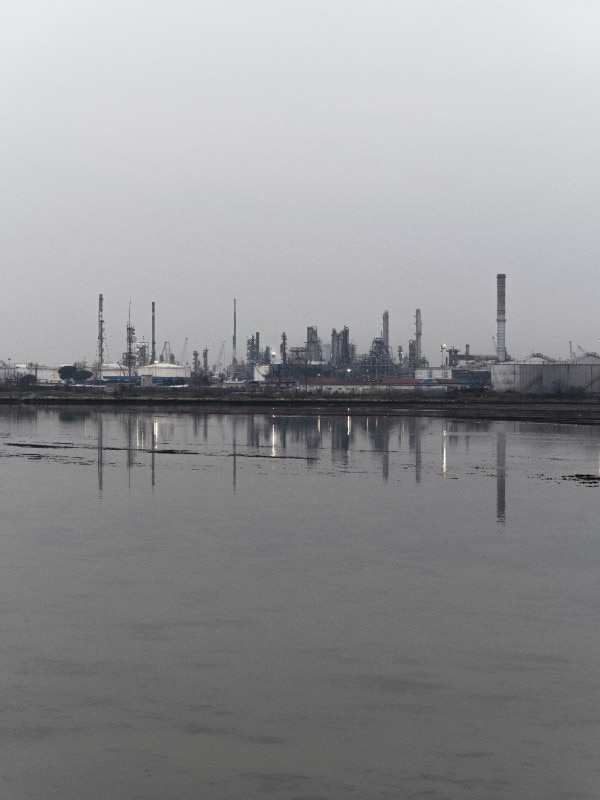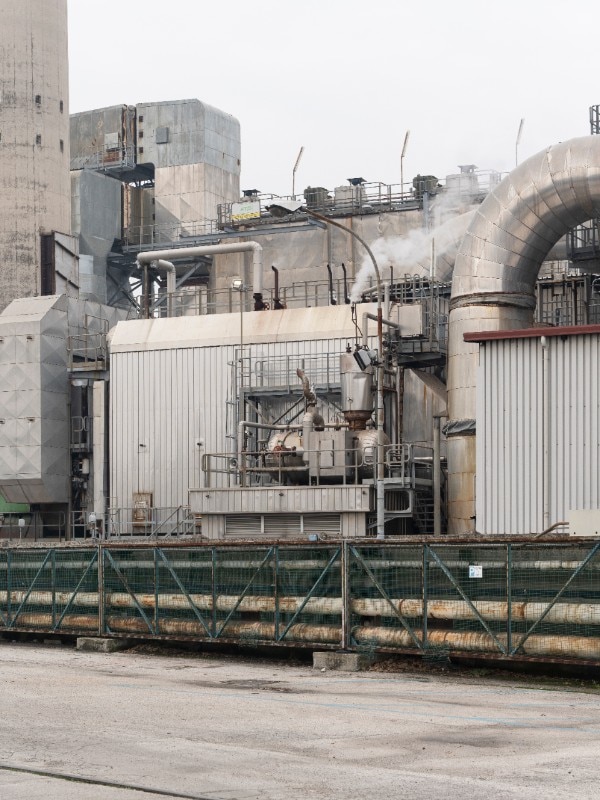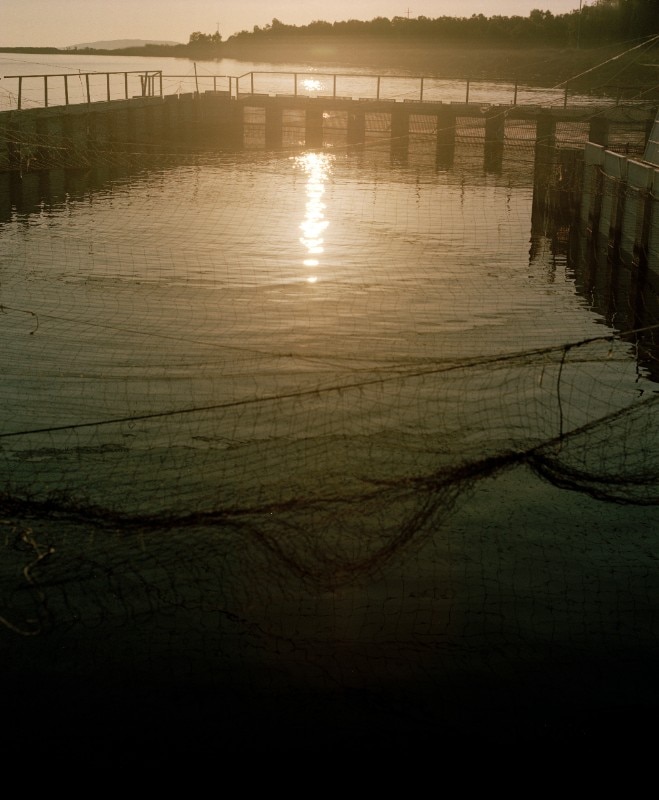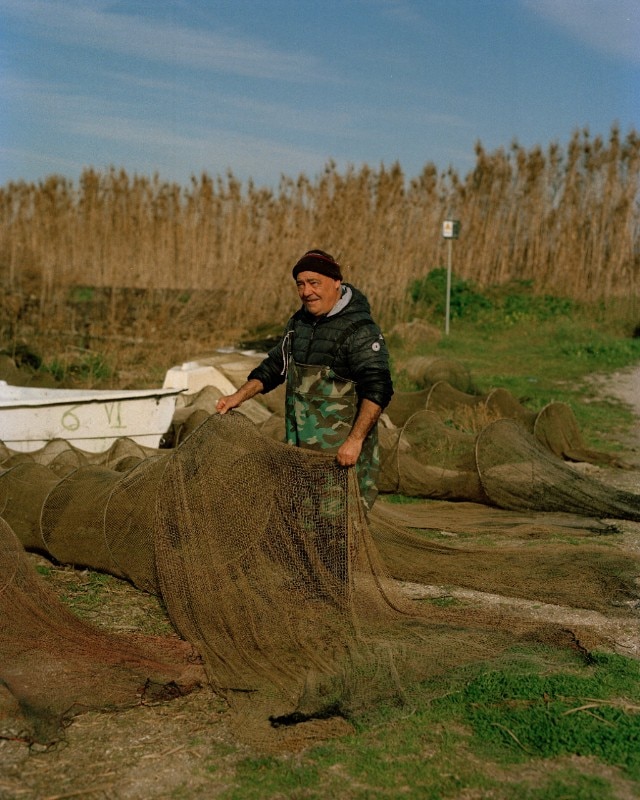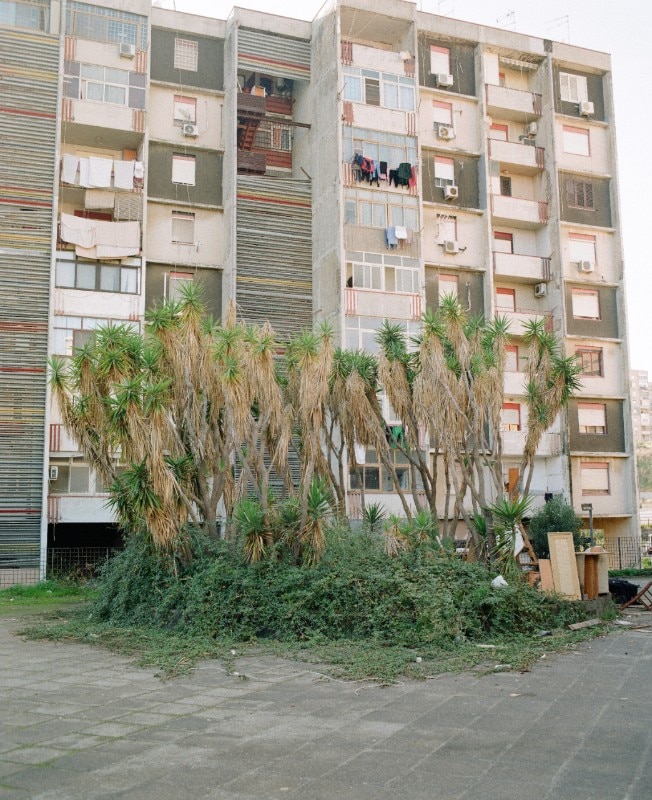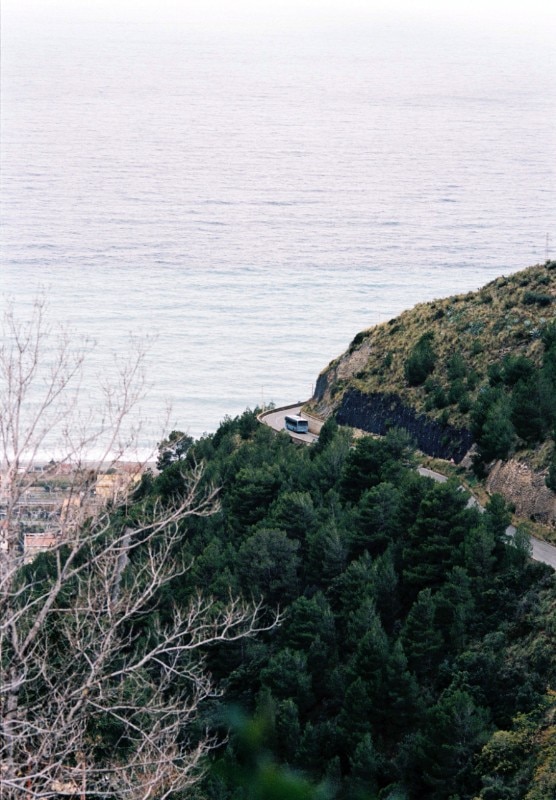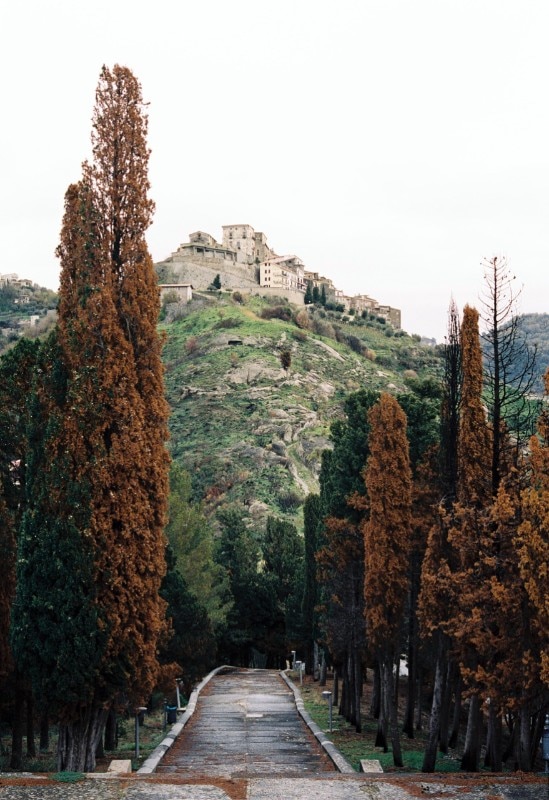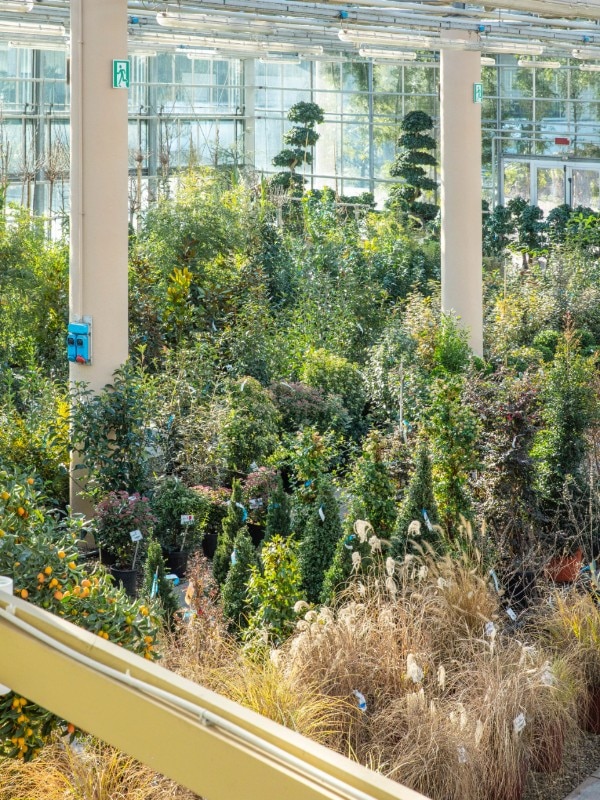The International Architecture Exhibition is getting ready to welcome both new and rediscovered audiences. The awards ceremony and inauguration will take place on 20 May, marking the start of an inspiring exhibition that will run until 26 November 2023. Spread across Giardini, Arsenale, and Forte Marghera, this new edition, curated by Lesley Lokko, is entitled “The Laboratory of the Future”. To celebrate this momentous occasion, here is a comprehensive guide to your visit to the Venice Architecture Biennale.
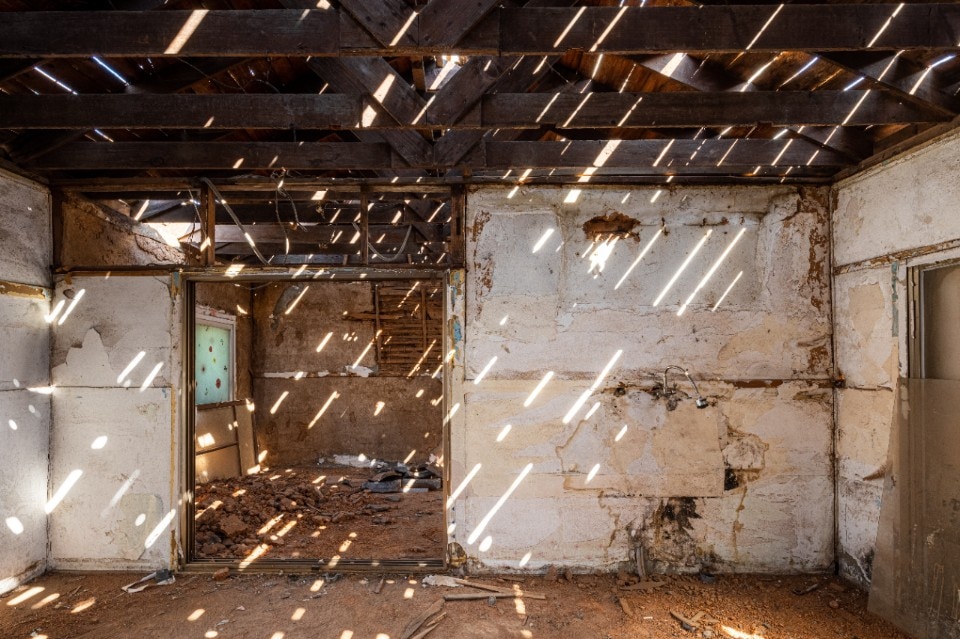
The themes of the 18th Architecture Biennale: carbon neutrality and decolonization
With a strong focus on climate change, the 18th Biennale aims to promote a more sustainable approach to the design, production, and implementation of all its activities. Building on the successes of 2022, when it achieved carbon neutrality and RINA certification for all of the year’s events, La Biennale continues to prioritize environmental awareness.
“What does it mean to be ‘an agent of change’? (…) Over the past nine months, in hundreds of conversations, text messages, Zoom calls and meetings – stated Lesley Lokko – the question of whether exhibitions of this scale – both in terms of carbon and cost – are justified, has surfaced time and again”. In response, the 2023 Biennale is reaffirming its commitment to carbon neutrality, while shining a spotlight on a second major theme: Africa and its diaspora.
“In architecture particularly, the dominant voice has historically been a singular, exclusive voice, whose reach and power ignores huge swathes of humanity – financially, creatively, conceptually – as though we have been listening and speaking in one tongue only. The ‘story’ of architecture is therefore incomplete. Not wrong, but incomplete. It is in this context particularly that exhibitions matter” Lesley Lokko continues.
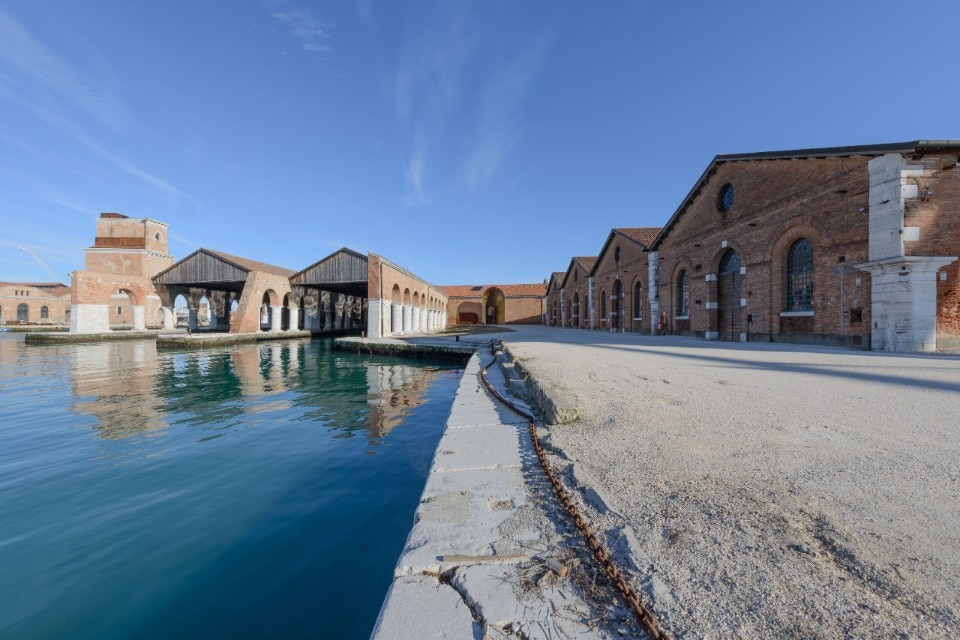
How many days does it take to see La Biennale?
For a complete visit to La Biennale, it is recommended to spend at least two days. This is because, despite the proximity of the two main venues, the Giardini and the Arsenale, the exhibitions are rich in content and require the right amount of time to be fully appreciated. However, if you intend to engage in the diverse array of side events that amplify the voices and perspectives within the International Exhibition, it is advisable to extend your visit by an additional day, if possible.
How do Biennale tickets work?
The Venice Biennale 2023 offers a variety of ticket options. The basic ticket costs €25 and grants one entry per exhibition venue. Reduced ticket prices are available for individuals aged over 65, Venice residents, those under 26, and students. Additionally, children under 6 can enjoy free admission. For groups consisting of 10-25 people, there are discounted rates available. There are also multi-day tickets at €35 (valid for three days) and €45 (valid for seven days). Accreditation for unlimited access is also offered at €75, with reduced rates for Venice residents and students/individuals under 26 years old.
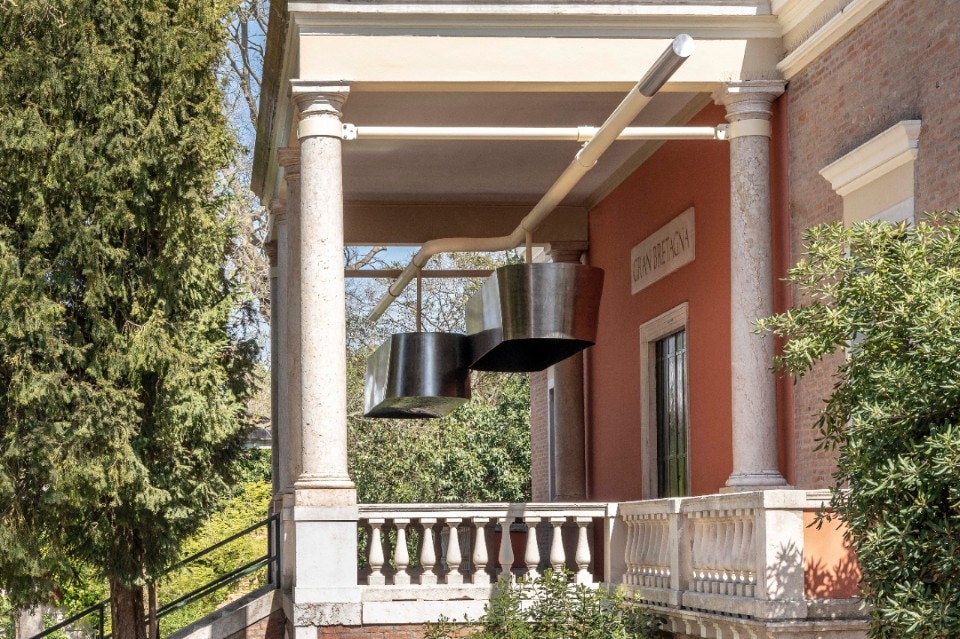
Exploring “The Laboratory of the Future”: a journey through revolutionary architecture
The “Laboratory of the Future” begins in the Central Pavilion at the Giardini, where 16 practices that represent a distilled force majeure of African and Diasporic architectural production have been gathered.
The exhibition then moves to the Arsenale complex. Here the Dangerous Liaisons section – also represented in Forte Marghera in Mestre – rub shoulders with the Curator’s Special Projects, which for the first time is as large as the other categories.
Both spaces showcase works by young African and diasporic practitioners, our Guests of the Future. Their works boldly engage with the exhibition’s core themes of decolonization and decarbonization, offering a snapshot of future practices and ways of seeing and being in the world.
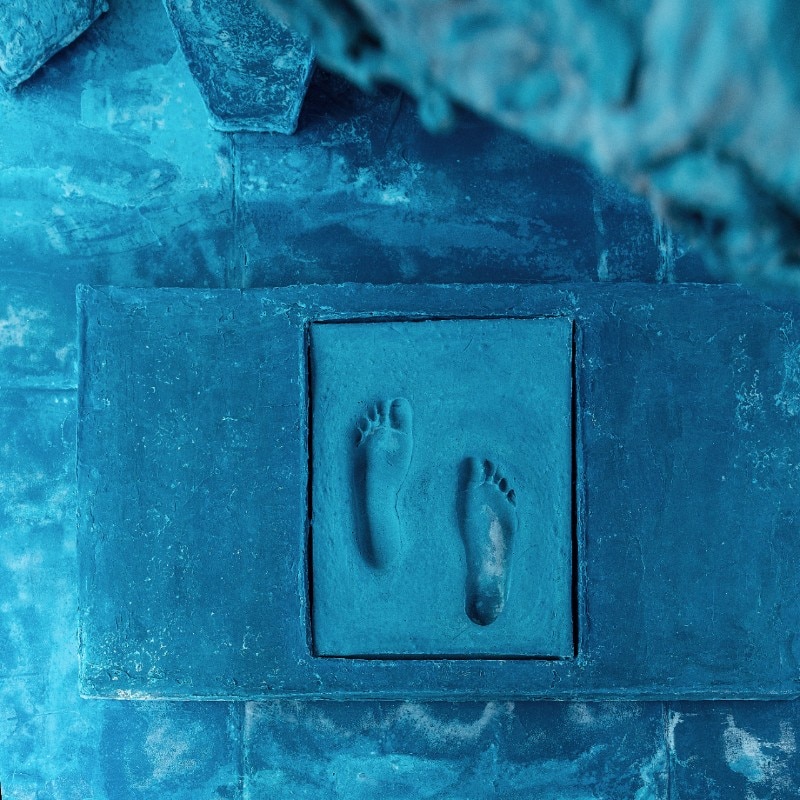
Venues and pavilions of the Architecture Biennale 2023
The 2023 edition counts 64 National Participations, with exhibitions organized and subdivided in the different venues: 27 in the pavilions at the Giardini, 22 at the Arsenale, and 14 in the historic center of Venice. Niger makes its inaugural participation, while Panama presents its exhibition independently, without the involvement of the Italo-Latin American International Organization. Finally, five years after its last participation, the Holy See returns to the Architecture Biennale with its own pavilion on the island of San Giorgio Maggiore.
“The Laboratory of the Future” is an exhibition divided into six parts. It includes 89 participants, more than half of whom are from Africa or the African Diaspora.
In this regard, the curator clarified: “We have deliberately chosen to frame participants as ‘practitioners’ and not ‘architects’ and/or ‘urbanists’, ‘designers’, ‘landscape architects’, ‘engineers’ or ‘academics’ because it is our contention that the rich, complex conditions of both Africa and a rapidly hybridizing world call for a different and broader understanding of the term ‘architect’.”
The Italian Pavilion: theme and location
Entitled “SPAZIALE: Everyone Belongs to Everyone Else”, the Italian Pavilion is located at the Tese delle Vergini at the Arsenale and is curated by the Fosbury Architecture collective, composed of Giacomo Ardesio, Alessandro Bonizzoni, Nicola Campri, Veronica Caprino, Claudia Mainardi.
This project is the result of a collective and collaborative work that transcends the conventional idea of the architect-author, and it is thoughtfully divided into two phases. The first phase, called “Spatial,” ended in April 2023, and consisted of 9 captivating site-specific interventions strategically placed across carefully selected locations throughout Italy. To document the progress and evolution of this initial phase, a dedicated website and an Instagram account were launched in January, providing an engaging narrative of the project’s journey.
The second phase is “SPAZIALE: Everyone Belongs to Everyone Else” an integral part of the Biennale, visible throughout its entire duration. This phase stages the formal and theoretical synthesis of the processes set in motion during the previous months. According to this vision, space is understood as a physical and symbolic place, a geographical area and abstract dimension, a system of known references, and a territory of possibilities.
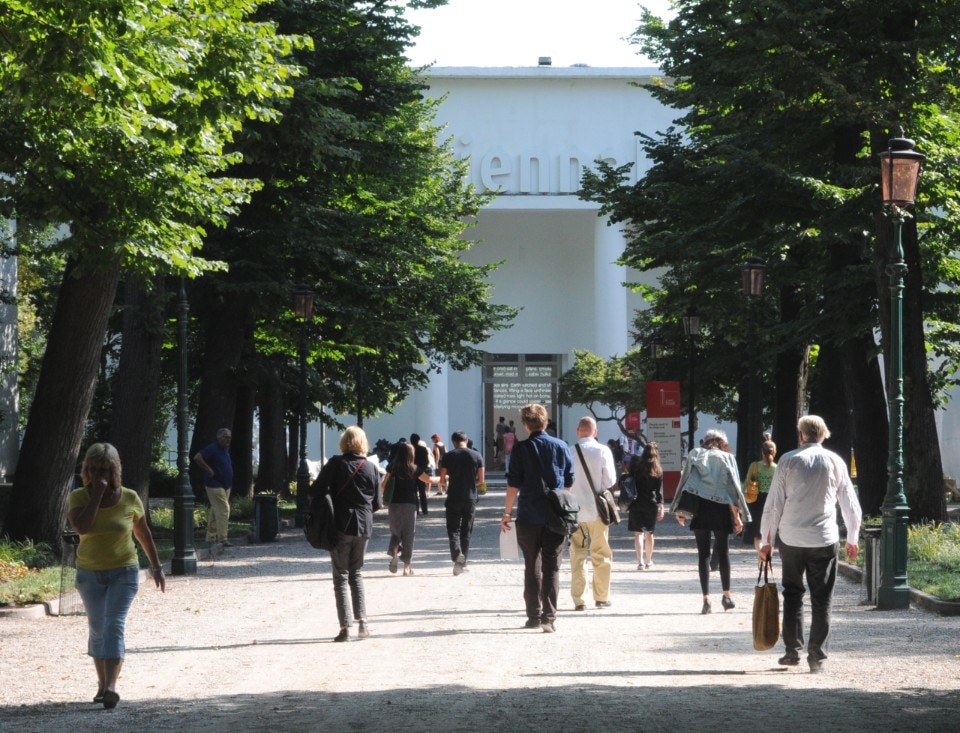
What else should you not miss at the Biennale?
As previously mentioned, alongside the exhibitions housed in the official venues, the Biennale comes alive with the proposals of the Collateral Events. In this edition, the Curator admitted nine remarkable events hosted across numerous venues throughout the city and featuring unmissable contributions and participations.
How to reach the Biennale: your detailed itinerary
To reach the Venice Biennale you can follow different routes. From Marco Polo Airport, ATVO shuttles and bus no. 5 take you to Piazzale Roma. From there, you can catch a vaporetto (waterbus) that will take you directly to the Giardini stop.
If you’re arriving from Venice Santa Lucia railway station, take vaporetto (waterbus) no. 1, 41, 51 or lines no. 4, 71, 82 to Piazzale Roma, then a vaporetto (waterbus) towards Lido, Giardini stop.
If you’re traveling by car, it is recommended to park in Mestre, at Tronchetto, or at Piazzale Roma. From there take the vaporetto (waterbus) to Giardini.
Opening image: Padiglione Centrale. Photo by Francesco Galli. Courtesy: La Biennale di Venezia


